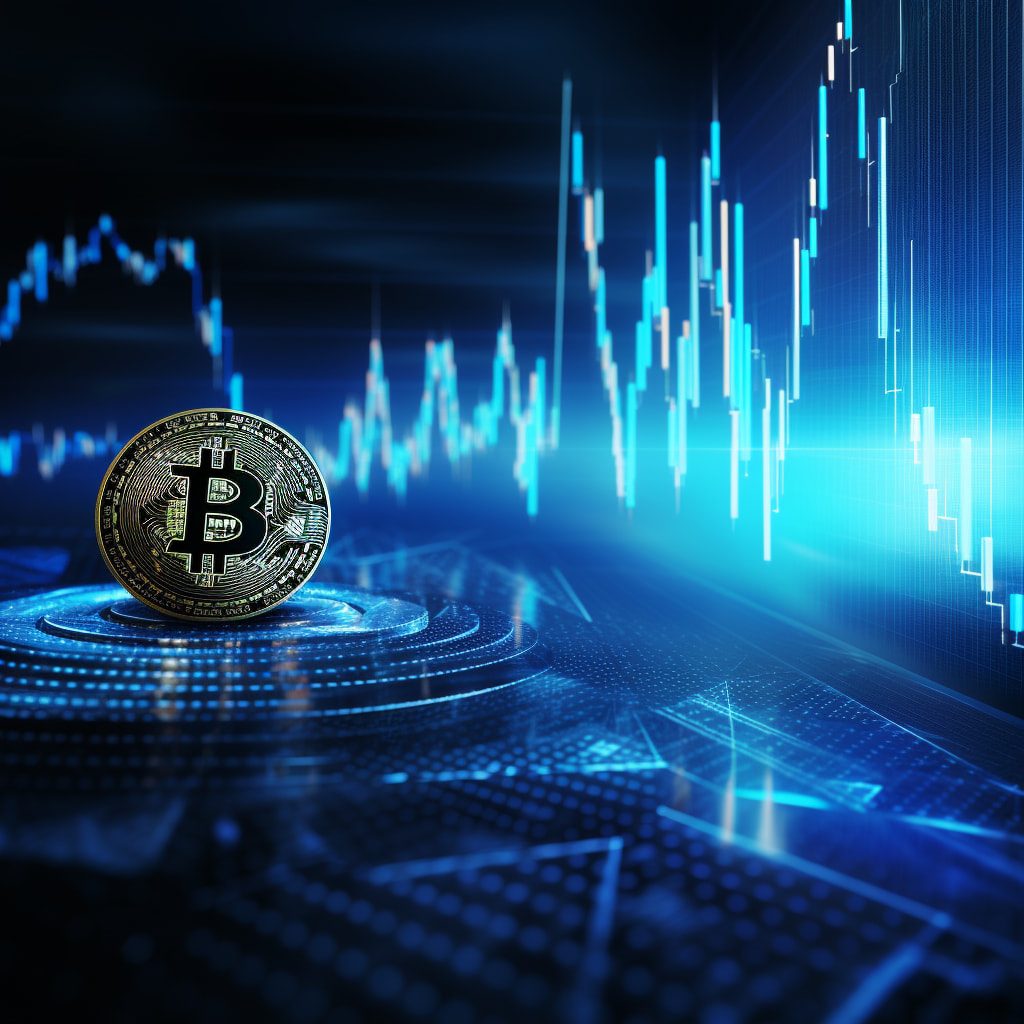The tumultuous saga of Venezuela’s cryptocurrency industry reflects a landscape of turmoil, confusion, and potential collapse.
Following the arrest of the head of Venezuela’s crypto regulator, Sunacrip’s Joselit Ramirez, and the subsequent intervention into the institution’s workings, the nation’s crypto environment has become an arena of uncertainty.
The reasons behind this instability are as convoluted as they are disturbing.
Venezuela’s turbulence post-intervention: A nation in limbo
March 17, a date that now reverberates ominously in Venezuela’s crypto timeline, marked the detention of Joselit Ramirez, the head of Sunacrip, the nation’s crypto watchdog.
The alleged involvement of Ramirez in a high-stakes corruption scandal involving undeclared oil sales totaling $20 billion for cryptocurrency rocked the industry. Following this unsettling revelation, Venezuela’s cryptocurrency scene has been thrust into a tailspin.
Four months have passed since these developments, and the state of affairs remains murky. The restructuring board of Sunacrip has yet to provide official updates about its current operations, and the future of the regulatory institution remains uncertain.
A particularly disconcerting symptom of the turmoil is the halt of Bitcoin mining operations across the country, which has had a profound effect on the local crypto environment.
Crypto miners, left in the dark and disconnected from the power grid, have incurred significant losses, and many are considering relocating their operations to crypto-friendlier shores such as Paraguay and El Salvador.
The aftermath: Workforce downsizing and the Petro predicament
The aftershocks of the Sunacrip intervention continued to ripple through Venezuela’s crypto ecosystem. A wave of mass layoffs hit Sunacrip, with approximately 400 out of its 600 employees relieved from their duties by late April, further fueling the unease within the community. Yet, no official statements have been issued, maintaining an unsettling silence.
Adding to the crypto chaos in Venezuela is the precarious situation of the country’s official digital currency, the Petro. Users have reported interruptions in block production and the freezing of hundreds of wallets, yet no clarifications or resolutions have been offered by the authorities.
In another worrisome development, undisclosed sources connected with Sunacrip hinted at a possible discontinuation of Petro. If this comes to fruition, it would require liquidating large holders of the currency at a yet-undetermined market price.
Looking ahead, the Venezuelan Bitcoin miner Juan Blanco Bracamonte shared a bleak outlook. A costly fresh start amidst persisting legal uncertainties deters investors from taking risks, he said, casting further doubts on the nation’s crypto future.
The Sunacrip intervention is slated to last until September 17 but could potentially extend for another six months. Whether this period of tumult will lead to a rebirth or further chaos for Venezuela’s crypto industry remains a question only time can answer.
In the meanwhile, the world watches, waits, and hopes for stability to return to the crypto arena of this South American nation.





